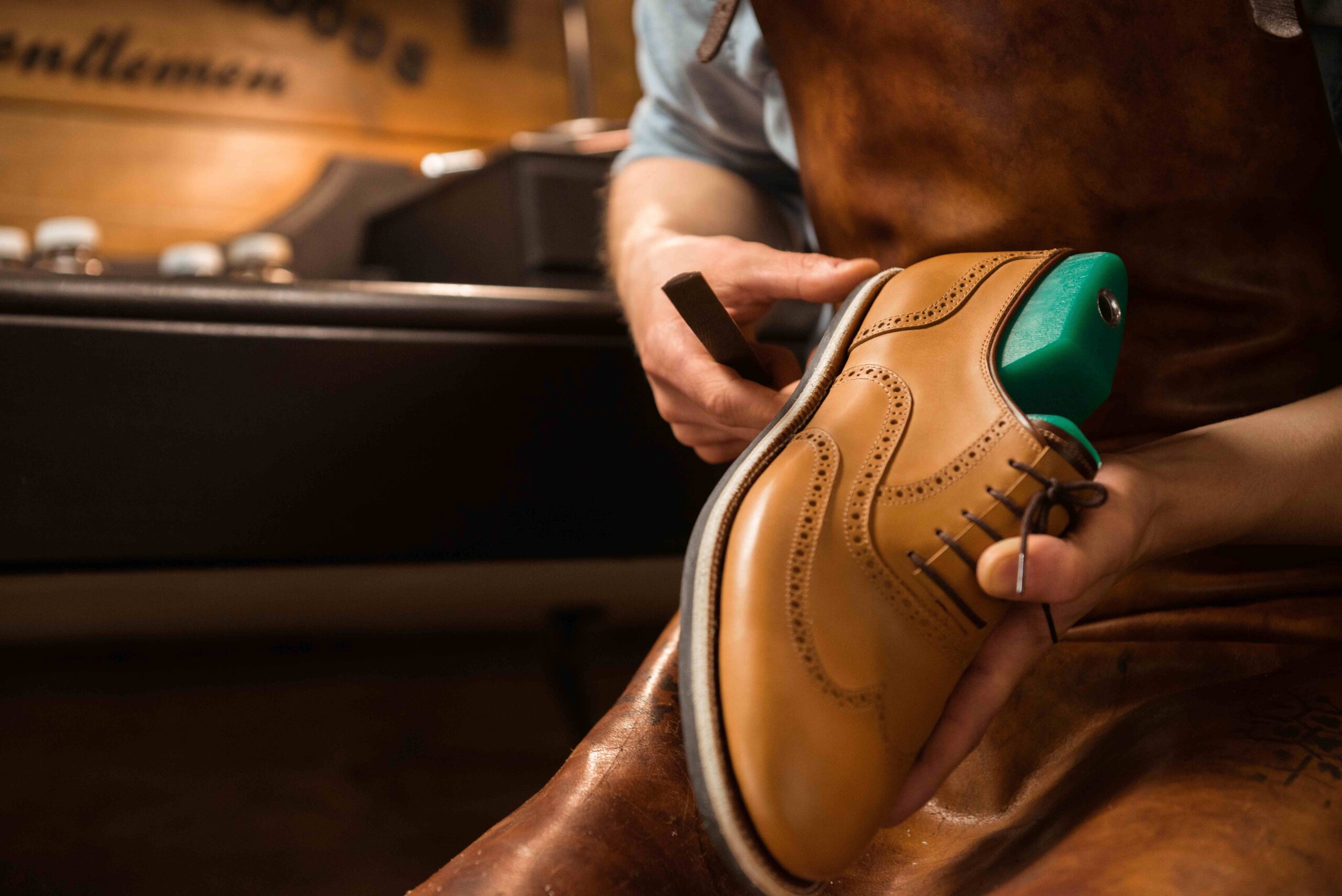Does your business aim to start its footwear brand while modifying existing footwear designs? The process of choosing suitable custom footwear manufacturers requires massive progress. Your manufacturers transform your conceptual ideas into finished products through every development stage. This article identifies the main missteps businesses face while working with custom footwear suppliers, along with recommended solutions to avoid them.
Mistake 1: Underestimating the Sample-to-Production Gap
When you get a sample pair of shoes for the first time, it can seem flawless. That’s because samples are actually done with special attention. However, once the design is brought to mass production, small variations can creep in. The material used, the stitching of the shoes, or even the finish could be different.
To prevent this:
● Ask for multiple samples before actually finalizing the design.
● Request your bespoke footwear manufacturers to utilize the very same materials for the sample and the actual production.
● Note down all details—such as fabric material, color codes, sole pattern, and stitching pattern.
Mistake 2: Not paying attention to Minimum Order Quantities and Lead Times
Each maker has a minimum order quantity (MOQ). For made-to-order shoes, the MOQ is usually higher than for mass-produced designs. Some companies forget to inquire about this and make small orders that are rejected or overcharged.
Another issue is not allowing enough time for manufacturing and shipping. Made-to-order footwear can take 30 to 60 days to make or longer if there are setbacks.
Here’s how to handle it better:
● Confirm the MOQ early and find out if they offer flexible reorder terms.
● Make plans in advance and structure your launch timeline based on realistic delivery times.
● Add some buffer of extra days to allow for potential delays in sourcing material or shipping.
● Not skipping this planning process will damage your cash flow or delay your launch date.
Mistake 3: Not Addressing Communication Barriers
Most custom footwear manufacturers are foreign-based. While that assists with the economy, it may introduce communication issues such as language barriers, time differences, and unclear directions.
Communication tips to enhance:
● Use clear, concise language when providing directions.
● Add pictures, mockups, or video references to your design files.
● Set regular check-ins over video or chat to ensure the flow of updates.
● If necessary, collaborate with a local sourcing partner who speaks your language and can fill the gap.
● Improved communication equals improved products, fewer errors, and quicker turnaround.
Smooth Manufacturing Experience Tips
Here’s a quick checklist to use before entering full production:
● Visit the Factory (if possible): A visit allows you to grasp their process and establish trust.
● Sign a Contract: Define timelines, payment terms, quality standards, and product specs.
● Request a Pre-Production Sample: This is your final opportunity to spot mistakes before mass production.
● Negotiate After-Sales Support: Will they assist if there is a defect or problem after delivery?
These additional steps will save you time and safeguard your business in the long term.
Conclusion
Working with reliable custom footwear manufacturers is very important for success. Avoiding simple mistakes—like rushing samples or not talking clearly—can make the whole process smoother and better. Be patient, ask questions, and establish a rapport with your supplier.
rivexa partners with professional custom footwear producers that emphasize quality, clarity, and client satisfaction. From bespoke sneakers to green sandals, rivexa connects you with the best!
Partner with rivexa to bring your designs to life—fewer errors, better results, more value for your money.

